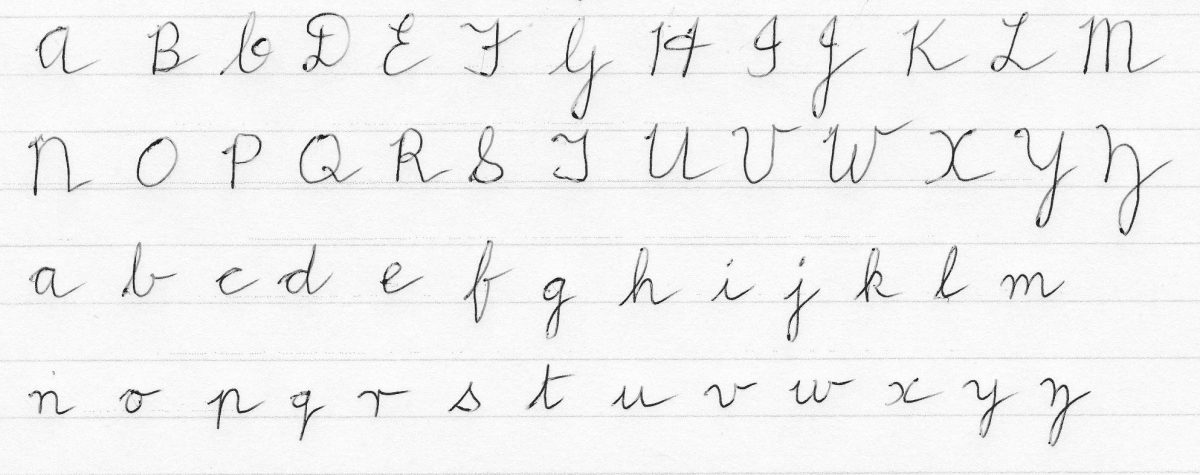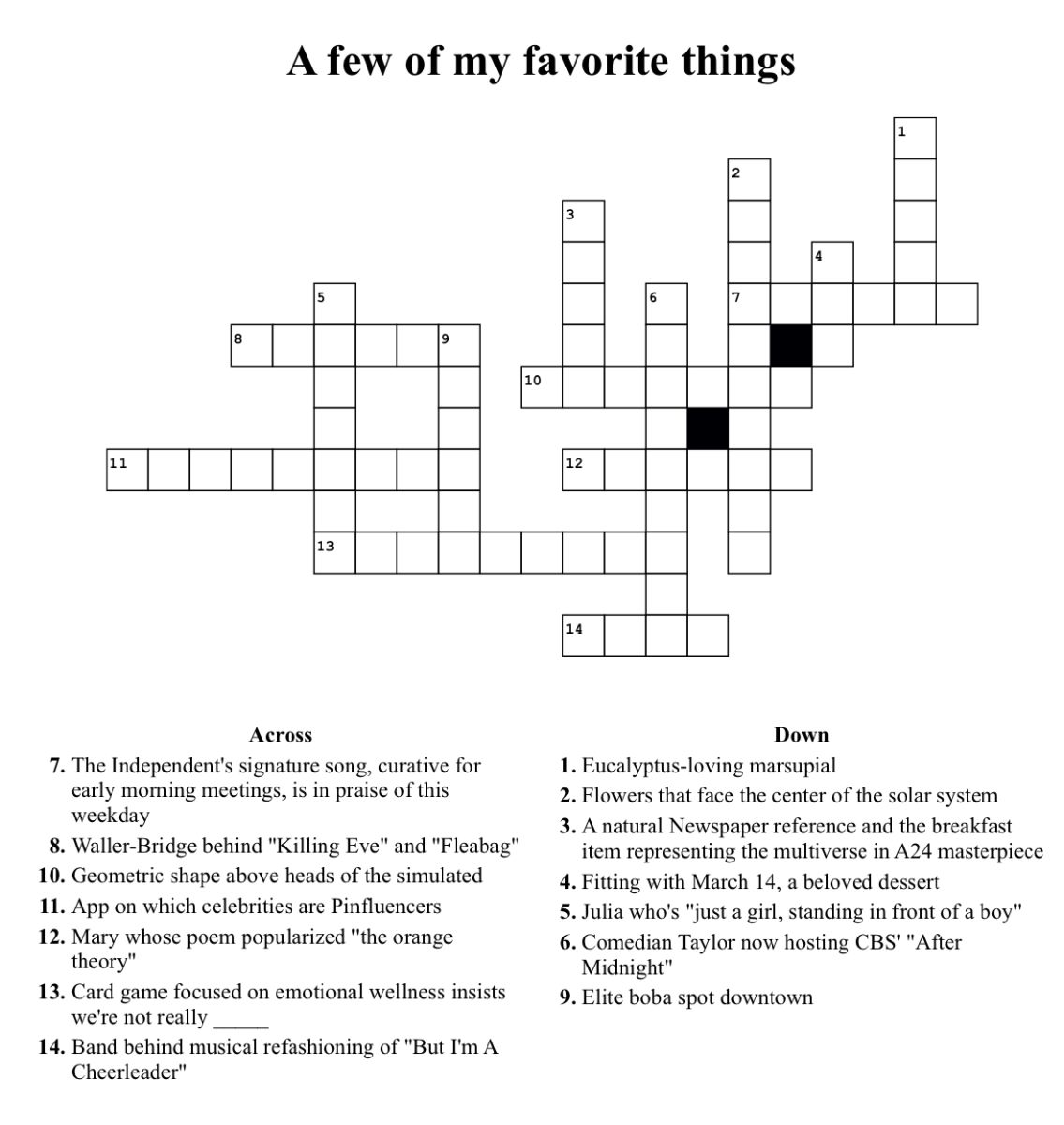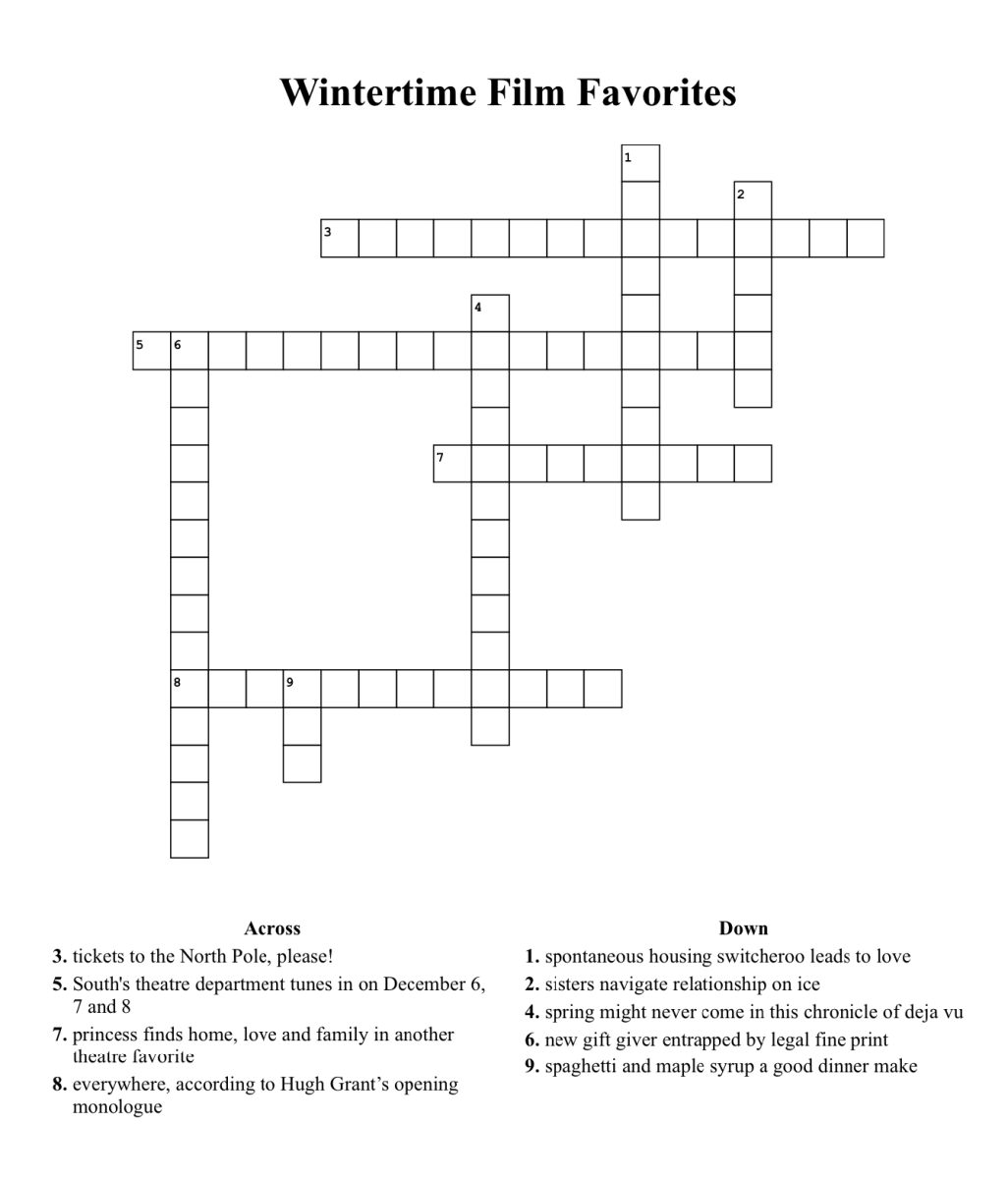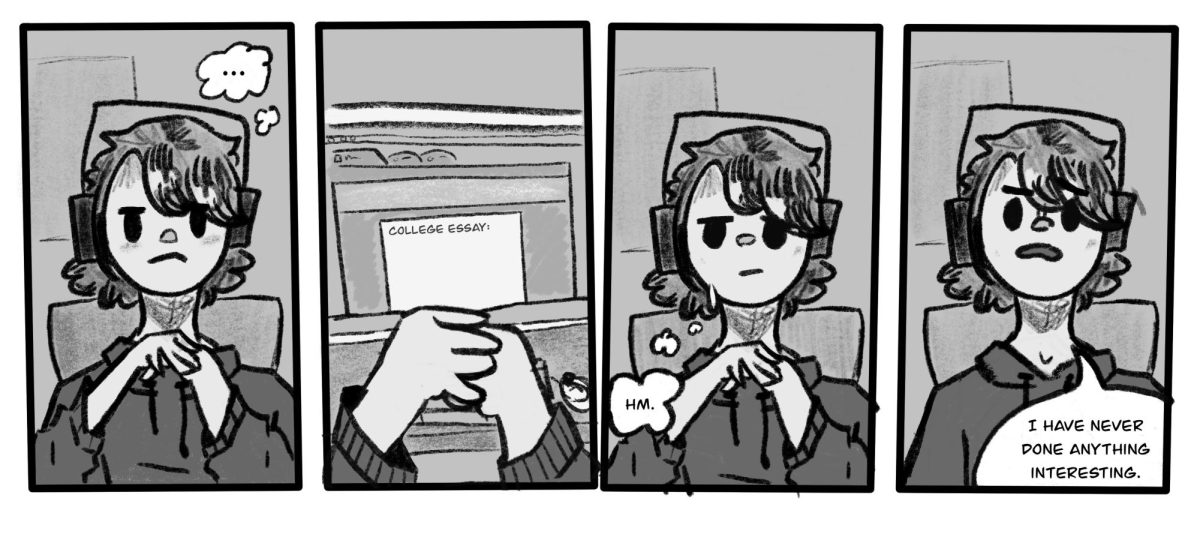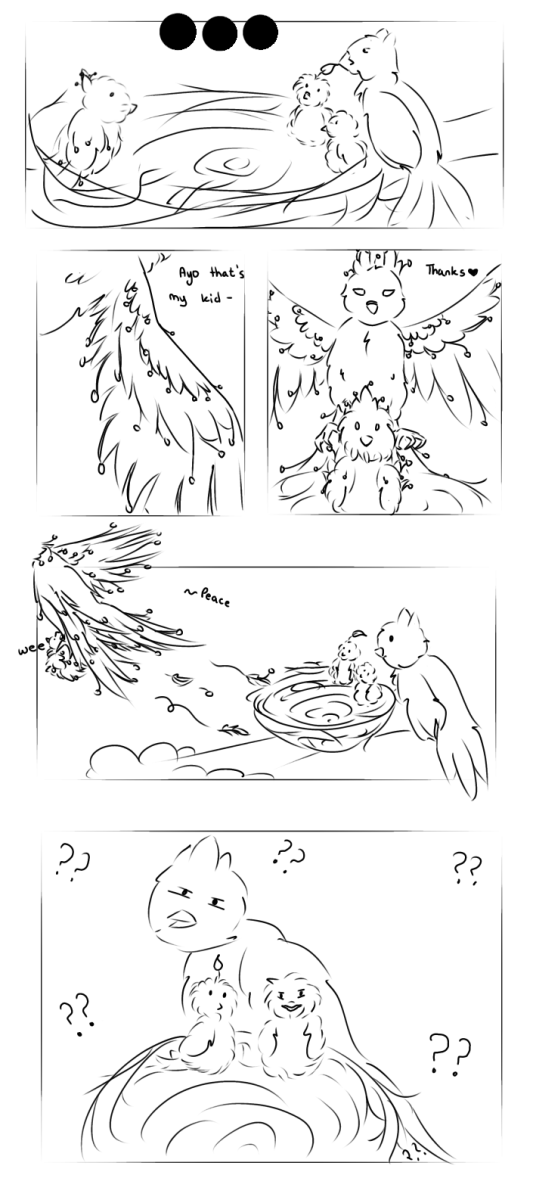In a world where technology is constantly being improved and seemingly taking over our lives, many of our traditional ways of life are slowly disappearing. As electronics with keyboards and touch screens are being integrated into schools, the question of whether cursive should still be kept alive in elementary schools comes to the forefront. Some believe cursive is an outdated practice and should be forgotten, while others believe it is a crucial part of the curriculum.
Many say that cursive works motor skills and dexterity, which are very important for younger children. Nea.org says that cursive challenges students not only physically, but mentally. They must engage their brain on a deep level to be able to connect the letters in a continuous flow.
Cynthia Demos, an English teacher and the advisor of Future Teachers Club at Glenbard South, says that cursive writing should continue to be taught in elementary schools, as there are cognitive benefits from the physical expression of pen to paper. This includes better retention and comprehension of written words, as well as a stronger overall understanding of how language works.
On the other hand, many argue that cursive is not useful in today’s modern world. The skill of being able to properly type on a keyboard outweighs the skill of loopy and slanted handwriting. Many young students can barely print words with a pencil as is, so introducing cursive would further set back the development of their writing skills. Additionally, teachers argue that the only time cursive is used in the real world is for a signature, which is not a good example of proper cursive instruction due to how messy and unique they are meant to be.
Whether cursive remains in classrooms or not, this debate challenges schools to balance tradition with modernity. Cursive may not be a necessary skill in an increasingly digitalized world, but should we keep it around as an abstract method of self expression?





